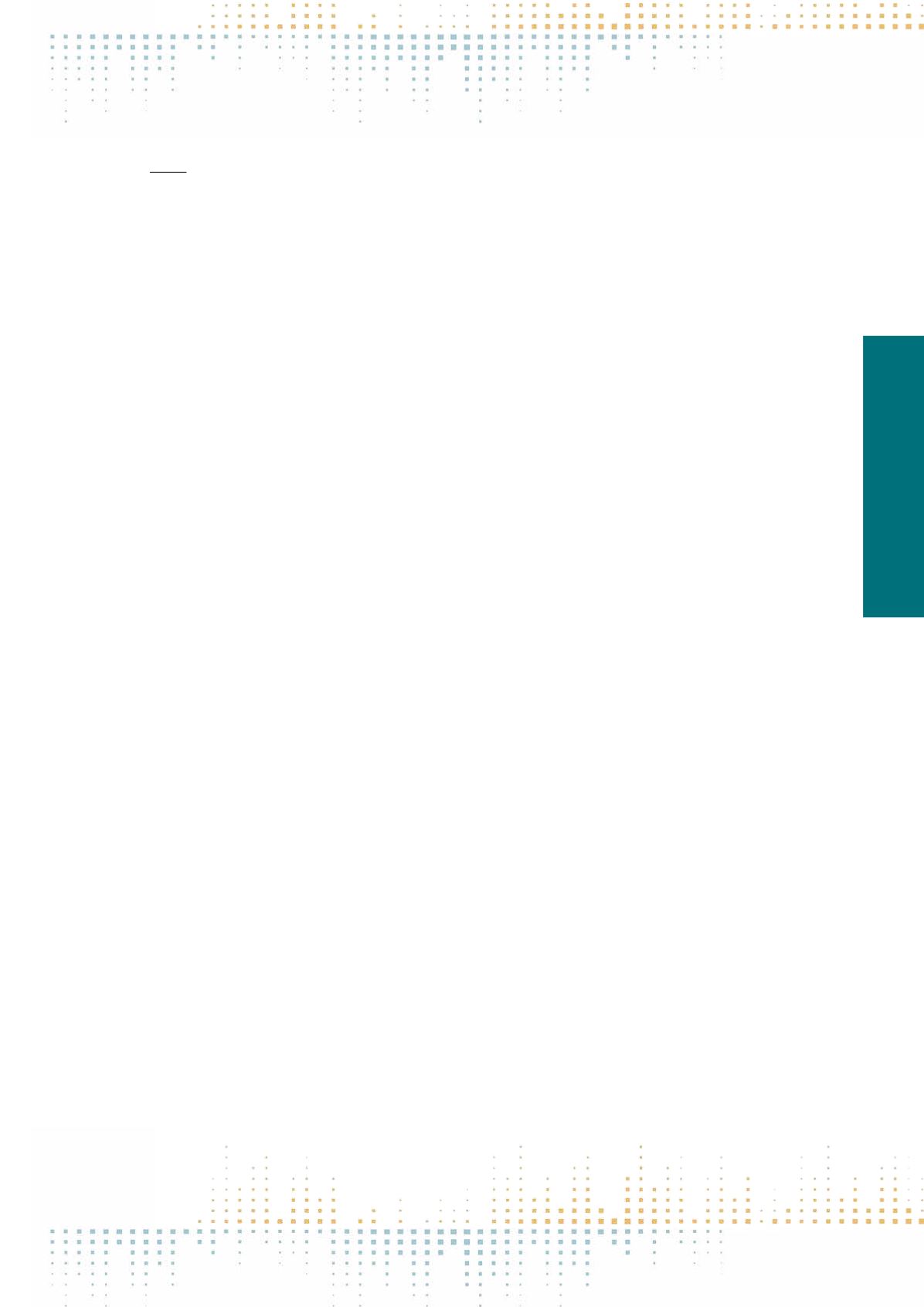

363
Thursday, November 10
1 4 : 3 0 – 1 6 : 0 0
PP 144
The Visual Practices of Journalism Covering (Forced) Migration
T. Maier
1
, M. Lünenborg
1
1
Freie Universität Berlin, Institut für Publizistik- und Kommunikationswissenschaft, Berlin, Germany
Currently, the debate on refugess and migration is omnipresent in public debate. At the same time, there is a lack of empirical evidence for this pressing
topic. Our presentation wants to fill this gap and analyze the visual coverage on migration in German newspapers and magazines. The aim of this study
is an analysis of visual patterns and media conventions for illustrating and visualizing the topic of (forced) migration in German print media. We analyze
the visual coverage on two events which generated an enormous amount of public attention: The boat accident close to the Italian island Lampedusa on
October 3
rd
2013 and another boat accident almost at the same place in 2015 (April 15
th
). Both accidents caused the death of hundreds of refugees and
triggered a political debate on European refugee policies. It will be outlined a) which type of visuals are selected; b) how they are edited; and c) how these
practices produce specific modes of visibility of forced migration. At the core of our analysis is the identification of stereotypical as well as recognized
practices of media-related visibility. We are not only interested in topics and content itself, but in all levels of visual representation and how they enable or
deny public recognition. In a comparative perspective, we focus on the changing conventions of selection and illustration adopted by journalists to “make
us see” (forced) migration. Within the last 20 years, a lot of research has been conducted in communication studies dealing with issues of migration and
media (see for German research Geißler/Pöttker 2005, Butterwegge/Hentges 2006,Trebbe 2009, Ruhrmann 2009, Bonfadelli et al. 2010; with a global focus
most recently Hegde 2016). At least in the German case, visuals have received hardly any attention in the research done so far. One study that analyzed
journalistic photography focused mostly on their stereotypical representations (Koch 2009). However, the iconology and aesthetic of the visuals and their
modes of visibility have not been examined. Overall, we understand the way journalism “makes us see” as fundamentally grounded in social, historic and
economic contexts of culture. Thus, we interrogate how this cultural context positions us towards making us see some human beings as vulnerable and in
need for protection while denying this for others (Butler 2009). In this way, journalism construes a normative context using specific formal and aesthetic
convention leading to the creation of visibility and invisibility. We present the results of a qualitative image analysis of the complete coverage in German
print media including Sueddeutsche Zeitung, Frankfurter Allgemeine Zeitung, DieTageszeitung (taz), Bild, Der Spiegel and Stern during a two weeks period
after the accidents in 2013 and 2015.



















